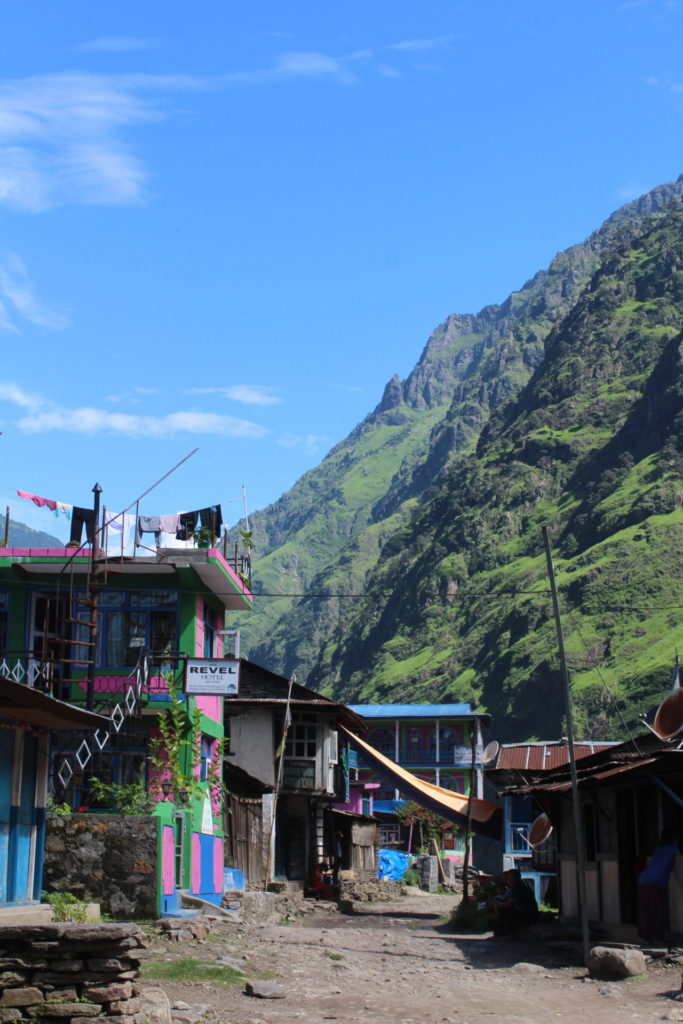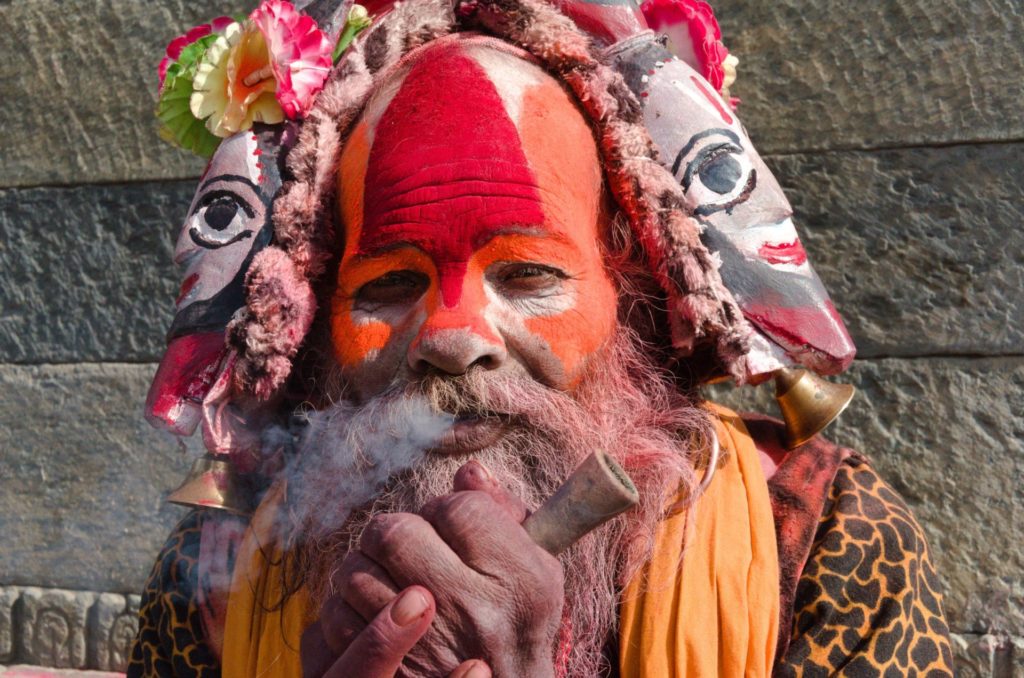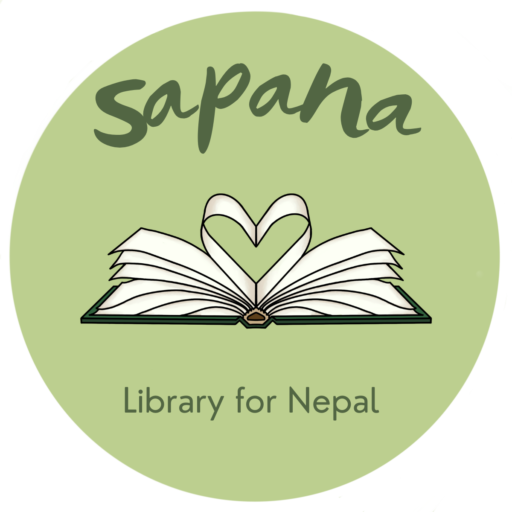About Nepal
Some team members have already been enthusiastic visitors to Nepal and immediately fell in love with this beautiful country and its devoted inhabitants.
Nepal with…
- its delicious food, which is a treat even for vegetarians and is eaten with the hands
- the mountains, which make all our problems seem small
- its hospitable and heart-warming people, who always give you the feeling of being at home
- the children, who are so loving and already eager for knowledge
- the turbulent bus rides, where you are thankful after every turn that you are still alive
and soooo much more.
Our experiences:
When I got off the bus in a small non-touristy village, I was immediately welcomed by the villagers, shown around and treated to a meal. Since I was only wearing flip-flops, one mother even wanted to give me her trainers. As this family did not have much material possessions themselves, this gesture touched me deeply. I would like to give something back to these generous people.
Fernanda
One evening I got talking to a young Nepalese man called Sudesh. After a short time, he invited me to his home for dinner with friends and family. I have never been welcomed so warmly and with open arms as at this family’s home. Beautiful friendships have developed.
Manuel
Facts
Autor: Fabio Buchmann

Today’s Federal Republic and the former Kingdom of Nepal is bordered by China and India. Nepal has only a slightly smaller population density than Switzerland, at over 3.5 times its area.
Also similar to Switzerland with the Jura, the Central Plateau and the Alps, Nepal is geographically divided into three regions:
• The Terai in the south, a proportionally small, fertile lowland plain where almost half the population lives
• The mountainous region of Pahad (the midlands), which is generally not snow-covered, where almost the entire rest of the population lives and which is highly partitioned by the mountains and relatively inhospitable to traffic
• The high mountain region of Himal, which contains large parts of the Himalayan mountains and in whose valleys the remaining proportion of the population lives. Although this part of the country is sparsely populated, it is a popular place for trekkers and mountaineers. Particularly Mount Everest, the largest mountain in the world, is often climbed. Of the ten largest mountains, eight are (partly) in Nepal.
Culturally, Nepal is anything but homogeneous and very diverse: it counts over 100 ethnic groups and 124 languages or dialects – a mosaic of minorities. Among them are, for example, the Sherpa, who are often mentioned in connection with mountain tourism in the country.
The official language is Nepali. Similar to India, there is a Nepali caste system, which is less strictly applied today than in the past. More than 80% of the population belong to Hinduism, 9% to Buddhism, 4% to Muslims and the rest to Christians and other minorities.

Throughout the 20th century, Nepal, formerly Gorkha, was a kingdom. The Maoist-influenced Communist Party of Nepal fought against the monarchy and the caste system in a complex civil war. Afterward, the deposed parliament was re-empowered, the king’s power was restricted and eventually it was decided to abolish the monarchy at the end of December 2007. On 28 May 2008, Nepal became a secular republic and a short time later Ram Baran Yadav became its first president.
